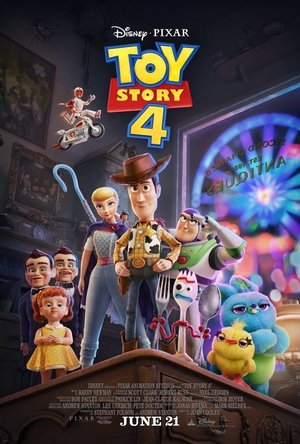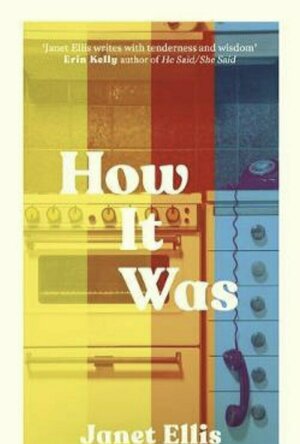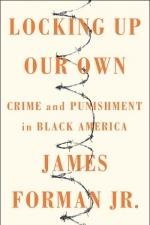
Locking Up Our Own: Crime and Punishment
Book
In recent years, America’s criminal justice system has become the subject of an increasingly...
Politics social issues race
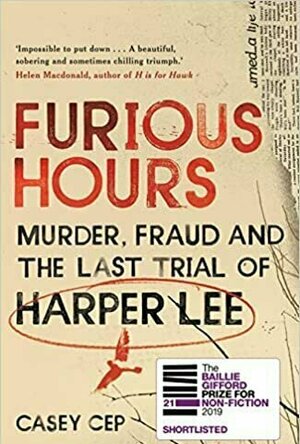
Furious Hours: Murder, Fraud and the Last Trial of Harper Lee
Book
The stunning story of an Alabama serial killer and the true-crime book that Harper Lee worked on...
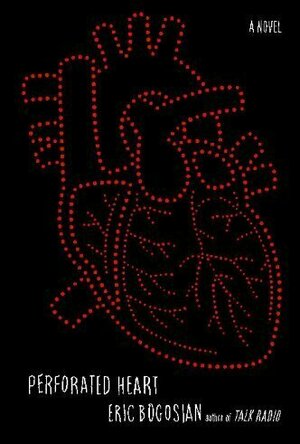
Perforated Heart
Book
Almost forty years after moving to Manhattan, author Richard Morris has achieved if not...

Women's Weekly Cookbooks
Food & Drink and Magazines & Newspapers
App
The Australian Women’s Weekly cookbooks have been teaching Australians to cook since the 1970s....
Andy K (10823 KP) rated Wonder Woman (2017) in Movies
Dec 10, 2017
As for Wonder Woman herself, I thought Gal Gadot was amazing in personality, spirit, and the physical embodiment of Wonder Woman as a modern, yet retro female superhero.
Unfortunately, the film's historical setting and perspective has already been done better in the first Captain America film, but had to be the way they did it to make it close to the comic book origin of the character. The scene where Wonder Woman emerges on the battlefield was very strong as you, the viewer, had been anticipating this moment throughout the first half of the film.
The use of CGI during some of the fight scenes with the Nazi soldiers was poor and looked very false. Even when she jumped great distances, I thought that looked fake and was more believable in a Hulk film or even the Wonder Woman TV series from the 1970s.
I also sorely missed an appearance by the original Wonder Woman, Lynda Carter. They have said they will have her in the next film. They had better. 😊
Overall, I enjoyed the film more than most recent superhero flicks, but in 10 years, won't all these films just start to run together?
Kristy H (1252 KP) rated The Dead Will Tell (Kate Burkholder, #6) in Books
Feb 13, 2018
Honestly, all of the Kate Burkholder novels are pretty similar. I'm a bit astounded why anyone would continue to live in Painters Mill at this point, as people die at an alarming rate in this town. Still, Castillo always offers an interesting mystery in her books, and this one is no exception. This particular novel offers an interesting intersection of the Amish in Painters Mill and the "English" community. I figured out the plot fairly early, but it didn't make the book any less readable or compelling. The book would stand-alone if you haven't read the previous novels, though the backstory between Tomasetti and Kate makes more sense if you're up to date. It seemed like some of Tomasetti's issues were a bit awkwardly inserted into the plot, but I'm glad to see the two of them progressing forward. Kate's not the most deep character, but she's likable and easy to root for, with a love for her job and her police "family" that comes across as strong and admirable.
Overall, an easy read with an enjoyable, if not exactly surprising, mystery plot. 3.5 stars.
Lenard (726 KP) rated Toy Story 4 (2019) in Movies
Jul 4, 2019
A second theme is the whole concept of what makes a toy. Does a child's love bring it to life? Can a lonely creative child make her own friends? What happens to the toys we no longer play with or forget about? Another thing I noticed is that in the previous installments the toys remain inanimate among the humans, but this time they meddle in the human world.
Along the way, Woody learns about the outside world. Early in the film, Woody is given a chance to escape with the toy he obviously loves and get "lost." He however cannot give up the job he was given as a favorite toy. Now, years later, he has a new owner and becoming obsolete. He still has a responsibility to protect the new toy Bonnie makes. He reconnects with a lost love. Everywhere he goes, he meets various toys who yearn for the love of a child, something they either have never had or lost long ago. Like Toy Story 3, Toy Story 4 becomes a movie about growing up and moving on when you are no longer dependent on the love of your "parent."
ClareR (6054 KP) rated How It Was in Books
Nov 18, 2019
The 1970s were a time of change for some women, but not the women in this story. Marion is the mother of two children: Sarah, 14 and Eddie, 7. She is unhappy in her life, and has been for many years. We look at her life through a series of flashbacks (and flashbacks through her daughters eyes at the same time) as she sits at the hospital bedside of her dying husband. We learn of the affairs, the terrible relationship with her daughter, and the catastrophic accident that cost the family far more than just a child (although this was quite traumatic enough).
I found it very difficult to empathise with Marion, she’s not a likeable character. She seems self absorbed, I didn’t like how she felt about her daughter (it’s as though she feels repulsed by her), and how she speaks to everyone is simply rude. To me, it seemed to be a mixture of boredom, depression, selfishness and desperation that drove Marion’s actions. Michael, her husband, is endlessly patient, perhaps scared that she will leave him. He puts up with some terrible behaviour from Marion. I really wanted him to stand up for himself.
It doesn’t sound like it, I know, but I really liked this book. It’s a book with a thoroughly unpleasant main character (in fact she’s not on her own on that score - watch out for Adrian!) and they do make for interesting story lines!
This is the first book I’ve read by Janet Ellis, and I will be looking for more.
Many thanks to NetGalley and Two Roads for my copy of this book.

Sidney Poitier: Man, Actor, Icon
Book
In the first full biography of actor Sidney Poitier, Aram Goudsouzian analyzes the life and career...

T.Rextasy - The Spirit Of Marc Bolan
Book
The story of a fanatical Marc Bolan fan who took his obsession to a completely different level! This...


